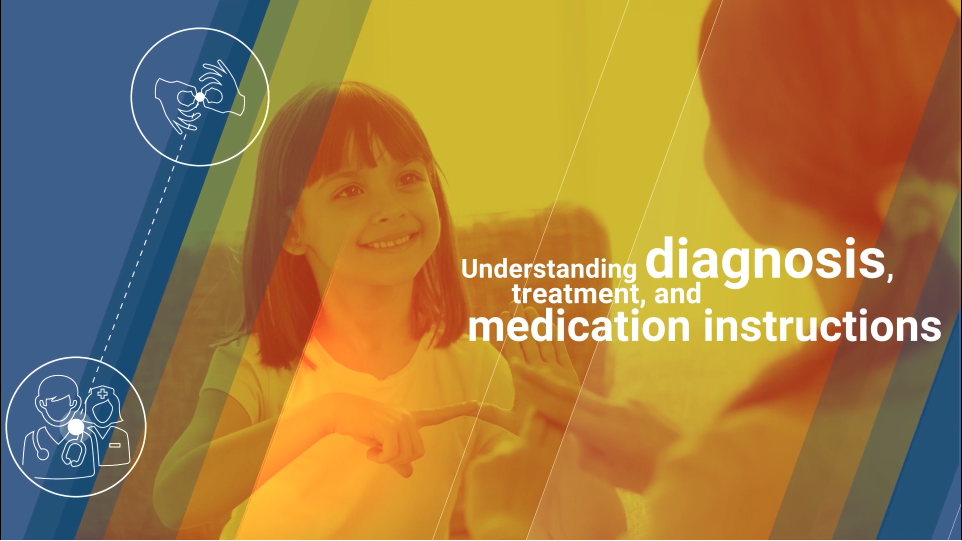Imagine a Spanish speaking patient with a serious, chronic medical condition, such as diabetes, that requires frequent physician visits, but the patient lives in a remote location and has time or transportation constraints that prevent those visits. Or, consider a remote neonatal physician specialist summoned via a telehealth session to review a live ultrasound to diagnose a fetal heart condition and communicate this diagnosis to the hearing-impaired pregnant mother. The evolving demographics in the U.S. make these situations very common. The U.S. population has changed considerably over the last decade with a record 67.3 million U.S. residents speaking a language other than English at home. Plus, 11 million people over the age of 5 are functionally deaf
Communication Improves Outcomes
The difference between better patient outcomes and dangerous mistakes is the ability to communicate. Numerous studies reinforce the importance of physician-patient communication. Communicating with a population with English proficiency (LEP) or the hearing impaired is a challenge for the healthcare industry. Federal laws require healthcare organizations and clinicians to take reasonable steps to provide meaningful access to individuals with limited English proficiency or the hearing impaired. Yet, in one study, 1 of every 40 malpractice claims were related, all or in part, to failure to provide appropriate interpreter services.
Telehealth Impact and Growth
The growing trend toward the use of telehealth, where patients and/or clinicians may be in remote locations is one that will continue well into the future. Fortune Business indicates the global telehealth market is projected to reach $266.8 billion by 2026. And, these estimates were made before COVID-19 brought telehealth into mainstream medicine!
Telehealth solutions eliminate typical barriers to healthcare including distance, mobility, and time constraints and are proving to be as effective as in-person visits. While there are potential for cost savings, greater efficiency, and better management of chronic conditions, there are also inherent challenges, particularly when there is a language barrier. Even if a healthcare facility has language support services, likely their present solution may not be fully integrated into the physicians’ workflow and/or telehealth platform to assist in the communication process when some or all parties are remote. However, the future of telehealth and language service access will dramatically change with this latest innovation.
A New Way of Delivering Interpreters
The teams at ViTel Net and Language Services Associates (LSA) have developed a new platform integration that enables clinicians to immediately add an interpreter to a telehealth video encounter within the existing clinical workflow, regardless of a physician or patient location – with just three clicks.
ViTel Net’s comprehensive and flexible telehealth platform enables health systems to securely deliver care at a distance to patients in any setting, using the health systems’ own workflows. Now, through the integration, clinician workflows are vastly improved, when treating limited English proficient (LEP) and hearing-impaired patients.
This industry-first solution simplifies the clinician’s experience in accessing language interpretation services to clicking the video button and selecting a language – watch this quick demo. The LSA interpreter is immediately added to the video consult – it’s that simple. The interpreter and patient videos stream on the monitor, alongside the patient’s records, medical images, and clinician documentation. No more fumbling with traditional iPads or phones to get everyone to see or hear one another. Organizations do not need to add equipment or software. It’s a cost-saving, affordable, and sustainable option.
Does your organization deliver interpreters within your physician’s workflow or telehealth platform?
Schedule a conversation and a custom demonstration now.






